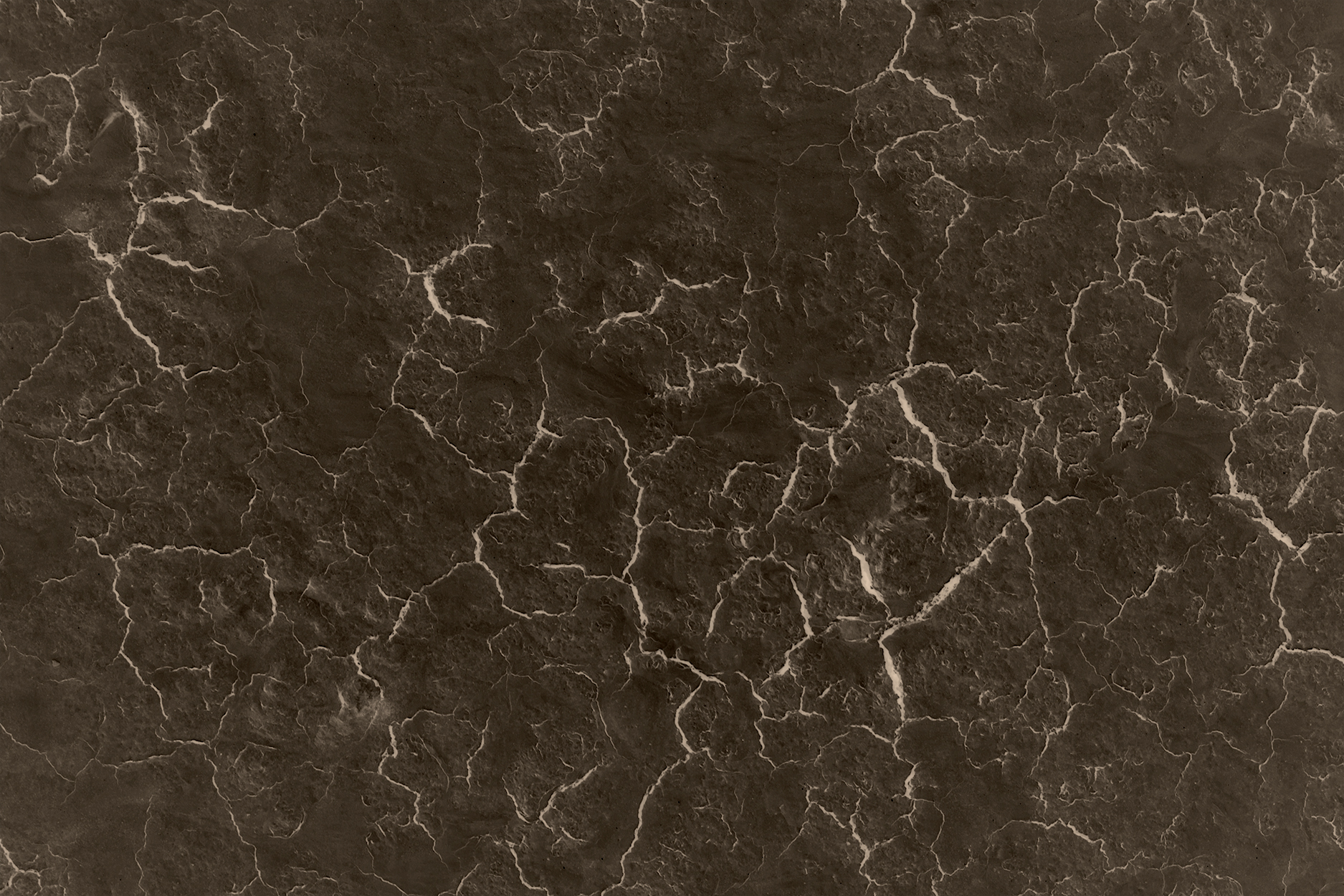POSTCARDS FROM MARS
Fourteen 5x7” prints — with photographic images on the front and text on the back — collected in a handmade clamshell box.
I created this image and text project as a response to the time I spent in and around in Hanksville, Utah. It is an attempt to give form to the difficult experiences I had there — severe panic attacks accompanied by memory loss — using the exploration of a barren landscape as a metaphor for feeling alien to one’s own self while trapped in an inhospitable interior landscape.
I shot the photographs in the area surrounding the Mars Desert Research Station, which is used for scientific simulations of life on Mars, as this area of Utah actually is more like Mars than nearly anyplace on earth. And so the postcards begin, “I have been to Mars. It is just outside of Hanksville, Utah.” (The complete text of the postcards is beneath the images, below.)
POSTCARDS FROM MARS
I have been to Mars. It is just outside of Hanksville, Utah.
To get there, drive 10 minutes west of town on highway 24, then turn right onto an unmarked dirt road that winds its way up away from the highway, around some outcroppings of rock, and down into Mars.
The land is dry, red, gray, and brown. Rocks that look like broken teeth emerge in clusters from the barren ground.
The soil crunches and compresses under my feet. I see no other footprints, yet know I’m not the first to come here.
From where I am walking, I can see the Mars Desert Research Station, where human missions to Mars are simulated. For this place is more like Mars than anywhere on Earth.
When I first arrived in Hanksville, it was dark. No moon, no light anywhere. It wasn’t like I had arrived in another place, but only like the absence of place. Rather than being somewhere else, I was just not where I was before. I sat on the front porch in the dark, wondering where I was, staring up at the night sky.
I came to Utah and my mind unraveled. I came to the desert for some time away from my life back home, from the stress and difficulties I’d been facing there. I came seeking calm and space and peace. I couldn’t find it. But in the midst of the hot, dry, barren land and a barrenness in myself, I did find Mars.
Photographs from the dry surface of Mars suggest that the planet’s landscape was carved and formed by flowing water long since disappeared. Here, there are gullies and washes but not a trace of moisture. I’m told it hasn’t rained in a year.
When the panic attacks come, I can’t breathe. I gasp and heave and struggle for air, feeling like there is never enough, like the atmosphere is too thin like I’m alone on the surface of an unhospitable planet.
Afterward is harder. I don’t have memory of afterward. When the panic subsides, everything goes blank. I don’t remember the color of the land, the conversation we had, why I am staring out from a photograph I don’t remember being taken, smiling at something I cannot now see. My own life becomes alien to me, inaccessible.
The world around me hasn’t changed, yet I feel like I’m not a part of it, like I’m enclosed in the bubble of my own mind, trapped inside. Nothing feels ordinary; everything is alien.
I want to tell you that I am here, I am here, as postcards do, but you cannot send a postcard from Mars.
I photograph because I do not know what else to do. I photograph in the hopes that I will remember, that someone else, that you, might see and understand, and that in that understanding, I will be less alone.
I cannot stay on Mars. I want to come home, back to life on earth. I drive back up to highway 12, and follow the road back to town as night falls around me.
I sit again on the porch of the house in Hanksville, staring up at the darkening sky. I cannot see Mars, but know it’s still there, cold and inhospitable, in the depths of space, in the depths of myself.
I will leave in the morning before dawn, will drive north in the dark, across the surface of the earth, toward home. I stare into the growing dark, and imagine what will be revealed in the light of morning.

















